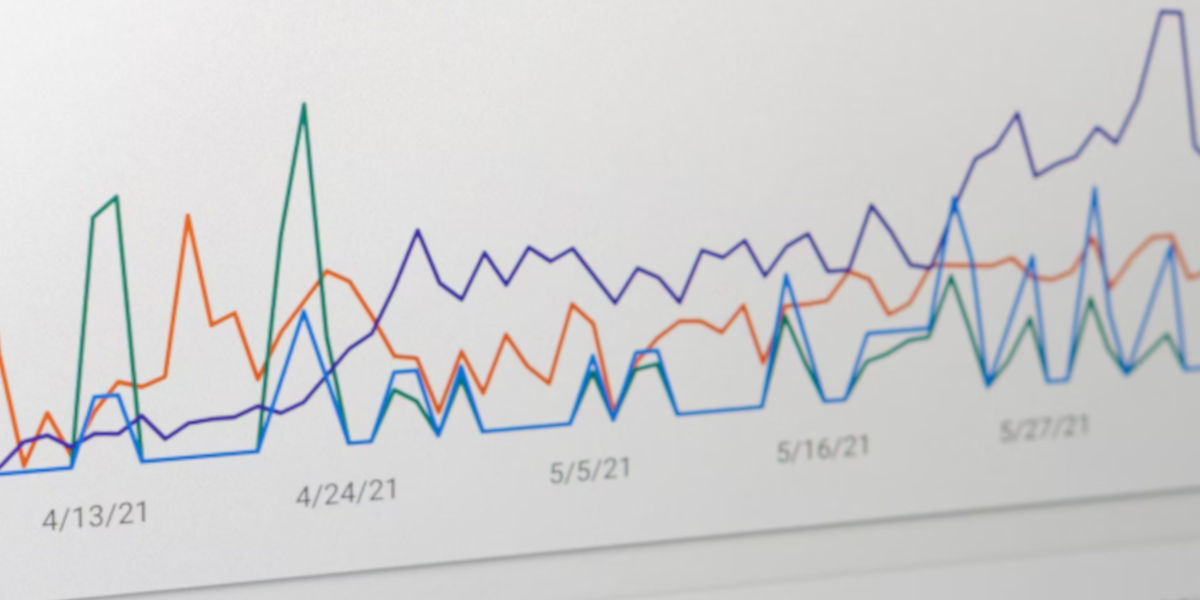There's no denying the truth: the stock market can behave like a wild roller-coaster, at times soaring high and at other times taking an unexpected, stomach-churning dive. No one can predict its moods with absolute certainty. So, how can an investor withstand the market's tumultuous ups and downs, and still come out on top? One potential answer lies in the benefits of dollar cost averaging.
Dollar cost averaging is a strategy used by many savvy investors to smooth out the bumps and create a more predictable path for their investments. But, how does dollar cost averaging work in investment? Let's break it down.
The Concept Behind Dollar Cost Averaging
In essence, dollar cost averaging involves investing a fixed amount of money in a particular investment at regular intervals, regardless of the price of shares at that particular time. This investment method allows you to buy more shares when prices are lower and fewer shares when prices are high, effectively averaging out the cost of your investments over time.
The Benefits of Dollar-Cost Averaging
Several advantages make dollar-cost averaging an attractive strategy for many investors, especially those who prefer a more hands-off approach or who get anxious in the face of market volatility.
1. Reduces The Risk of Timing The Market
Timing the market perfectly is nearly impossible, even for the most seasoned investors or sophisticated algorithms. By implementing a dollar cost averaging strategy, you're investing at predetermined intervals no matter what the market conditions are, thereby eliminating the need for trying to buy low and sell high.
2. Smoothens Investment Volatility
Dollar cost averaging helps flatten market fluctuations for the long-term investor. As you're buying more shares when prices are low and fewer when prices are high, the average cost per share tends to decrease over time. This method smoothens out your investment experience over the long run, thereby reducing potential stress or anxiety linked to market volatility.
3. Promotes Regular, Disciplined Investing
Another key benefit of dollar cost averaging is promoting regular and disciplined investing habits. By setting up a fixed investment schedule, you’re consistently setting aside money for your future, making investing a routine rather than a sporadic decision.
To illustrate how does dollar cost averaging work in investment, let's delve into a simple example...
As a smart investor, you'd always want something that offers less risk while providing reasonable returns. That’s where the concept of 'Dollar Cost Averaging' comes in. It's a strategy designed to reduce the impact of volatility in the stock market, especially beneficial for new investors who might be intimidated by the frequent ups and downs. It's also ideal for those who have a long-term investment horizon.
Dollar-cost averaging (DCA) is a simple but powerful concept. You invest a fixed amount of money at regular intervals, regardless of the price of the security. This disciplined approach ensures that you're buying more shares when prices are low and fewer shares when prices are high. Over time, this tends to average out the cost of your investment, hence the name dollar-cost averaging.
Benefits of Dollar Cost Averaging
Dollar-cost averaging comes with a range of benefits for investors. First, it takes the guess-work out of investing. You don't need advanced knowledge or a knack for timing the market. You simply need to be consistent in your investment to make DCA work for you. If the market drops, your fixed monthly investment will buy more shares. If the market jumps, you'll buy fewer shares. The beauty of dollar-cost averaging is its simplicity and discipline.
Secondly, DCA lowers the risk of investing in volatile markets. It smooths out the market's rough edges, considering you don't invest a large amount in a single go at a possibly unfavorable price. Instead, you spread your investment over a period, so the investment's average cost is spread out, leading to potentially lower losses.
Third, DCA encourages consistent saving and investing. It's much like a set-it-and-forget-it method, where you decide on an amount and frequency, and then the investments happen automatically. This habit formation can lead to substantial wealth generation in the long run.
Caveats of Dollar Cost Averaging
While DCA has its clear advantages, there are certain aspects that investors need to keep in mind. For instance, dollar-cost averaging doesn't guarantee profitability or protection against loss in constantly falling markets. DCA cannot change the fundamental characteristics of a risky investment into a safe one; it simply helps manage and distribute the risk more effectively over time.
Also, for DCA to be truly effective, you need to have the discipline to continue your regular investments during market downturns. Many investors panic when prices fall and discontinue their investment plans. This could negate the potential advantage of buying more shares at the reduced prices.
Conclusion
In conclusion, Dollar Cost Averaging can be a strategic approach to investing, especially for risk-averse investors or those inexperienced with the stock market. It offers an easy way to participate in the markets without needing advanced knowledge of financial markets or the stress of market timing. That being said, each investor's financial goals, risk tolerance, and investment horizon are unique and should always be taken into consideration while making an investment strategy.




